In the new film "Explore, Dream, Discover Together - Ireland and Japan," Irish and Japanese artists and filmmakers have found new ways to collaborate and overcome the challenges of the global lockdown together.
Working together in spirit but apart in practice, they have produced a new film that celebrates the creativity and outlooks of the two unique island nations.
Irish visitors to Japan are often surprised by the interest many Japanese people take in Ireland, but also by the marked similarities in outlook and approach often taken by artists from both nations.
Both are insular island cultures that have developed deep traditions over millennia. Both have also experienced near-extinction events with the dropping of the atom bomb in Japan in 1945, making it the only country on earth to be targeted by atomic weapons, and the Great Hunger in Ireland in 1845, the greatest social disaster in Europe in the 19 century, which killed as many people as a low-level nuclear strike.
Because of provocative cultural overlaps like these and many others, Irish people living in Japan have been exploring the parallels in our histories and outlooks for over a century, but in recent years the internet has allowed them to find each other and share their discoveries like never before.
Read More: Osaka and Japan's outreach to LGBT tourism is a model for Ireland to replicate
Did you know that Japan hosts up to 15 St. Patrick's Day parades, Irish dancing competitions and music festivals every year? Or that it has GAA teams and Irish dance festivals and traditional Irish harp builders and fiddle players and bodhran players and even an accomplished branch of Comhaltas Ceoltoiri Eireann?
That ongoing creative exchange led the Belfast born but Tokyo living Raodhmann Mac Murchaidh and Ohio-born Irish American Jessop Petroski to co-create a new documentary film called "Explore, Dream, Discover Together - Ireland and Japan" in the midst of the global lockdown this summer.
“It was a little bit of a combination of timing and opportunity,” Petroski who started the project rolling, tells IrishCentral.
“I work in the travel industry and in March, as everything started to come to a halt and travel restrictions came out, I just thought in the next three to six months, is there a way to bring destinations to the people stuck at home through technology?”
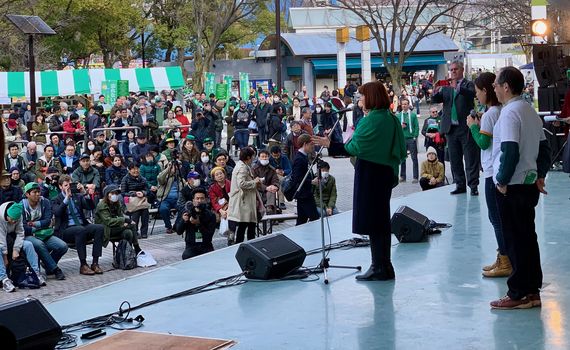
Former Irish Minister for Culture Josepha Madigan addresses the crowd at the I Love Ireland Festival in Yoyogi Park, Tokyo 2019
Local travel companies couldn't see the point of promoting nations that visitors couldn't currently access, but Petroski and his collaborators could. You may not be able to travel physically right now, but you can still explore the two cultures online.
“I had a contact in Belfast at a digital design agency that reached out to me and said, ‘I think we can do something right now for everyone in lockdown, promoting and showing the beauty of Ireland, and we'd be happy to donate it to a good cause.’”
Ireland was chosen for this exchange because its creatives are increasingly at the forefront of digital and social media, and also because they were the first to step up to the plate.
The new film they produced wasn't government designed or funded. It was the result of independent filmmakers, a top-tier design agency and a host of other travel and cultural creatives who had the passion and the will to do something good during the global pause.
“Deciding to start with two small island nations, perhaps we could create a beacon of hope and creativity for the world to see, as well as a model to move us all forward,” says Petroski.
The project took off immediately. Alasdair McBroom, a filmmaker based in Northern Ireland, provided breathtaking shots of the Causeway coastline. and Petroski soon approached celebrated video artist Akira Miyanaga with them.
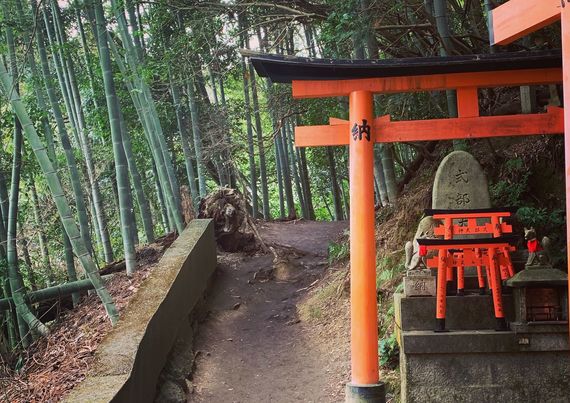
Ireland or Japan? Sometimes the Japanese landscape may force Irish visitors to do a double take.
The point of the exchange, Petroski says, was to see Ireland the way a Japanese person might, to leave your home and your comfort zone, to challenge yourself a little. The way a Japanese person sees Ireland and the way an Irish person sees Japan can surprise and enrich each other in ways they never dreamed of, he says.
Miyanaga literally turned Ireland upside down to see what emerged from this exploration in a piece that combines Irish and Japanese tradition that he entitled Run, and the rest of the film is the documentary and the online discussion that followed it.
Petroski also approached the Belfast-born but Tokyo resident Raodhmann Mac Murchaidh, an Irish language speaker who works as cultural steward and marketing and brand creative, and who introduced him to a remarkable group of Irish and Japanese artists around the world.
“I came to Japan because it was a bit of a mystery,” Mac Murchaidh says. “I first started working into the countryside here, and that helped me see firsthand what a language does in terms of telling you who you are. I saw the connection between the language, the culture, the landscape, how they transfer knowledge and information about your surroundings.”
Being a foreigner in a foreign country made him think about his own culture, his language, his history, why so many Irish travel overseas, and the parallels as well as the differences between his adopted home, he says. “So for the last six years or so, I've been going back and forth to the Gaeltacht in Donegal to pick up as much Irish as possible.”
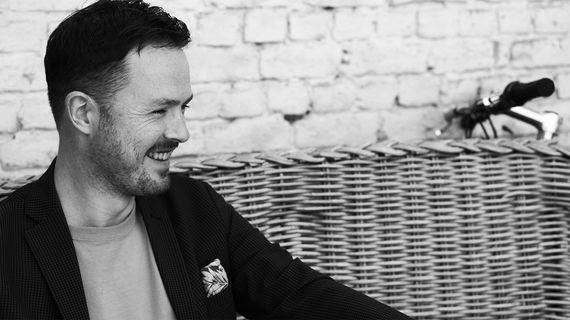
Belfast born Raodhmann Mac Murchaidh now lives in Tokyo, where he works as a cultural steward and marketing and brand creative
Mac Murchaidh has lived in Japan going on 16 years now, but he has never stopped thinking about how as an immigrant he is constantly revising his own identity, or how the pandemic is reminding us that many people could do with just that kind of a lengthy rediscovery of themselves and their own roots, too.
Filmmaker Alasdair McBroom agrees. “Since lockdown, I think a lot of people have been reassessing and reevaluating what they do for a living. Travel abroad and the immersion in other cultures makes you aware that there are other people on this globe,” he said.
“The opinions we have as countries and the way we behave and act, it's not in isolation.”
"Explore, Dream, Discover Together - Ireland and Japan" wants to remind you of that fact. Working with the remarkable Japanese-born Irish folklore researcher, writer and specialist Yoko Watanabe, Irish poet and rapper Seamus O Suilleabhain, the innovative Irish band Imle, historian Dr. Brian Lacey (who notes the similarity of Ireland's Errigal mountain to Japan's Mount Fuji).
As the project developed the groups exchanged what they were learning about each other’s cultures and themselves though extended online chats and new works to inspire and delight each other. The new film and documentary is the result.
Perhaps the most connecting chord between the two nations is how we both changed from pre-modern societies to post-modern ones without first passing through modernism, taking a journey from ancient time into the world of technology at breakneck speed, with the good and bad effects on our national characters that inevitably has.
The Irish and the Japanese have a mutual reverence for nature and the written word, they maintain their cultural traditions with meticulous care, they love old stories about mythic heroes and the supernatural and they know in our bones there's a thin barrier between this world and the next. That's the kind of cultural engagement and exchange you can not pay for.
“I think the best thing that can happen from this is that the Ireland and Japan seed can grow and expand,” says Petroski. “And when the pandemic ends we can have live events, discussions, author talks, musicians and so on in both countries.”
That development must be music to the Irish government’s ears as it prepares to invest in a huge building, a new Ireland House in Tokyo, the flagship diplomatic and cultural center in Asia.
"Explore, Dream, Discover Together - Ireland and Japan" was first broadcast online for a paying audience. You can catch previews of it here.
There are plans to broadcast it in the United States soon as a screening or online screening, circumstances pending.
Read More: What's behind Ireland House, Tokyo and our growing footprint in Japan?
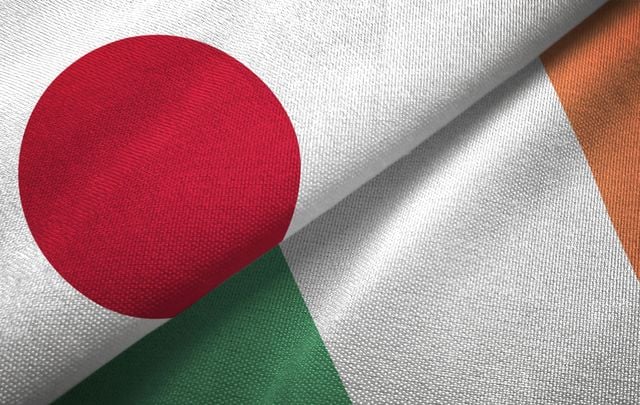


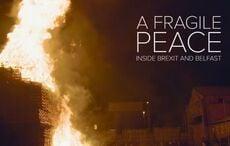
Comments